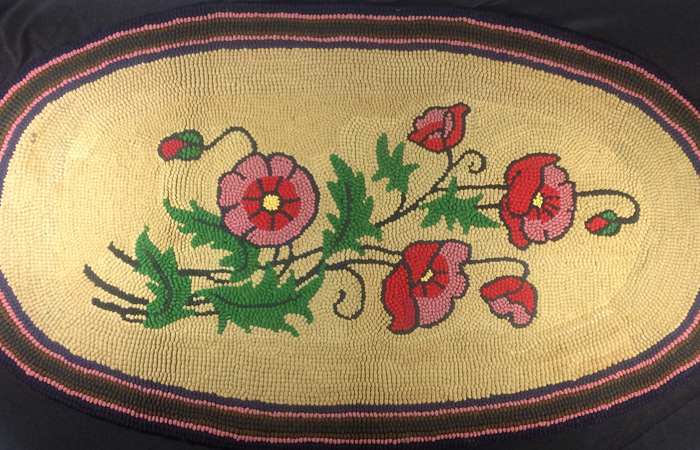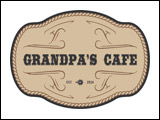Anna (Penner) Friesen, married Heinrich L. Friesen on July 24, 1918. They belonged to the Chortitzer Mennonite Church and had four children. In 1931, Anna was admitted to a sanatorium in Winnipeg with tuberculosis (TB), a highly contagious disease caused by a bacterium that spreads through the air and, when inhaled, usually attacks a person’s lungs but can also strike any part of their body, like the kidneys, spine, or brain. Known more commonly as “consumption” throughout the 1800s, TB was a deadly disease for centuries and was epidemic in the 18th and 19th centuries. The TB bacterium was discovered by German scientist Robert Koch in 1882 but until an antibiotic treatment was developed in the 1950s, the most popular treatment for patients with TB was the “rest cure,” often in special hospitals called sanatoria, which emphasized rest, fresh air, a good diet, and a healthy climate.
Near the end of 1931, Anna was sent home to be cared for by her parents. Her mother, Maria Penner, was a midwife and presumably was deemed most suited to provide medical care for her daughter. Anna died on December 29, 1931 at her parents’ home, leaving behind her husband and their four children, aged 3 to 12. Anna’s experience in the sanatorium was a lonely one and she took up handwork to keep herself busy and in good spirits. Nearly 90 years later, in 2018, Anna and Heinrich’s daughter donated a hooked rug and two hand-embroidered pillowcases that Anna had completed during her stay in the sanatorium to Mennonite Heritage Village’s (MHV) artefact collection.
Living through the COVID-19 pandemic has prompted me to consider the history of medicine through the lens of Mennonite history. Anna’s story is one of the many represented in MHV’s artefact collection dealing with the history of health, illness, disease, medicine, and epidemics like tuberculosis. Artefacts like these help us to interpret the history of medicine among Mennonites in the past and shed light on issues like the rise of formal medicine, the persistence of home remedies, the state of rural health, the role of unlicensed health practitioners like midwives and “chiropractors” (“Tracht’moake” in Low German), and how Mennonites related to doctors, science, and public health authorities in times of crisis.
Within this rich history, however, are some surprising gaps. Most shocking of all is that the museum’s collection does not seem to contain any items relating to the last major world-wide pandemic, the so-called “Spanish Flu” of 1918-1920. This is especially surprising since historians have shown that the Spanish Flu effected Mennonite populations in Manitoba at a significantly higher rate than their non-Mennonite counterparts. Vanessa Quiring, for example, shows that the influenza death rate among the Mennonites of the R.M. of Hanover in 1918 was 13.5 per 1000, more than double the Canadian average of 6.1 (Quiring, “Mennonites, Community and Disease,” M.A. Thesis [Univ. of MB, 2015], p 37. Given the prevalence of the illness amongst Mennonites, the effect it had on their communities, and the recorded work of local people like Agnes Fast to care for patients, it is a mystery why no artefacts related to this significant event appear in MHV’s collection.
Part of my job as a museum curator is to collect the items from today that will tell our future what it meant to be Mennonite in 2021 and living through the COVID-19 pandemic. MHV is, therefore, in the process of collecting items relating to the pandemic to preserve this history so that curators 100 years from now will not be left wondering (like I have been about Spanish Flu artefacts), where the all COVID-19 artefacts are with which they could tell our story.
What is your pandemic story? If you have an object with a story to share with the museum, you can contact me by calling the museum at 204-326-9661.




